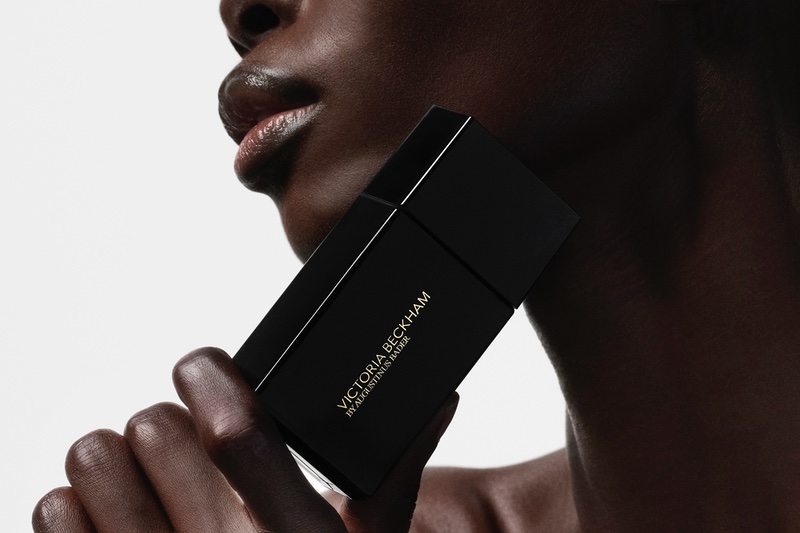Has beauty gone too far price-wise in 2025? New extreme tiers of ‘ultra luxury’ and ‘ultra premium’ have emerged this year, offering exclusive artisanal beauty items that are priced far beyond the usual category norms – and these launches have got people talking.
From Maison Francis Kurkdjian’s limited edition version of its Baccarat Rouge 540 fragrance, priced at US$28,000 (pictured above); to Lancôme’s Les Exceptionnels collection, which includes a €3,000 lipstick, it seems the boundaries of what brands can charge for beauty are being tested.
Victoria Beckham Beauty even debuted its first foundation product this year, created in partnership with luxury skin care player Augustinus Bader, which costs a hefty £104; while Louis Vuitton’s new make-up line, La Beauté, comprises €140 lipsticks, and the reviews were somewhat mixed.
But are these launches merely for spectacle – to create attention and virality, whether you think they are dazzling or absurd; or do they hark to a larger shift of premium beauty being drawn into a new era to help offset the luxury market’s overall slowing down?
“From $28,000 fragrances to €3,000 lipsticks, the ‘premium’ segment of beauty has never looked, or cost, quite like this,” says Natalie Alexander, co-founder of award-winning creative studio Butterfly Cannon.
For most consumers, a €3,000 lipstick will feel controversial, even absurd, but they were never the target buyer
“As the industry’s top luxury houses push price, packaging and performance to new extremes – as shown by the rise of bespoke fragrances, artisanal skin care and ‘object-of-desire’ packaging – the question is not whether consumers will pay, but what they are really buying into when they do.
“These launches are not ‘too much’, they are perfectly timed – with brands capitalising on an untapped ‘ultra luxury’ tier where the world’s wealthiest consumers want beauty that feels as collectable and crafted as fine jewellery.”
And despite some consumers feeling like these items are in poor taste due to the current economic climate, this new era of ultra premium and ultra luxury is not being built for volume – it is built for the few.
“[These items] are designed to command attention, protect brand equity and generate high margins in very few units,” argues Dominica Baird, Beauty Industry Content Creator, and Department Chair, Business of Beauty and Fragrance, at Savannah College of Art and Design in Georgia, US.
“When they work, they do three things at once – generate strong profit per unit, lift the perceived value of the brand’s core line, and spark cultural visibility far beyond actual sales.

Victoria Beckham Beauty's first-ever foundation costs £104
Flexing a new kind of creative authority
Although beauty is typically the consumer entry point for many luxury brands and fashion houses, these new exclusive items are designed for a very distinct clientele – luxury collectors and milestone gift buyers who seek one-time trophies.
It is a move that is building on the beauty heirloom trend, which has been gaining momentum, especially with lipsticks, as reported by Cosmetics Business last year.
“The spike in ultra luxury beauty is being driven by the global boom in ultra wealthy consumers, who now account for almost half of all luxury spending,” explains Alexander.
Collectability has become a deliberate strategy, positioning beauty as a new expression of luxury, where rarity and design carry as much weight as performance
“This audience is largely insulated from normal global market forces, and as a consumer group, it is expanding fast, with more multi-millionaires and billionaires than ever before.
“For this elite audience, beauty has become a new arena for status, self-expression and rarity – where craft, heritage and cultural nuance matter far more than price.
“Luxury houses are responding in kind, no longer treating beauty as an entry point but as a stage for
